2017 was a year of unprecedented change in the convenience channel, and we at Nielsen estimate a further growth for the sector of about 1.5% in 2018 driven by fresh food and food-to-go offerings.
From a shopper perspective, the shifts in the convenience retail structure should bring about a positive change for the UK shopper. Lifestyle, the ‘little and often’ trend, technology and location are expected to be four of the key influencers on shoppers’ behaviour in 2018 which, if executed well, will be true footfall drivers for c-store retailers.
Lifestyle
The time-poor, digitally-connected younger generation is driving the trend for increased visits to c-stores. These smaller households are focused on shopping for what they need over the next couple of days.
Health and wellbeing continue to be a focus for the average UK shopper. The increased availability of fresh and healthy products in convenience has changed significantly over the past two years, and c-store retailers have continued investment in refrigeration to meet growing demand – but there is still significant room for growth.
Convenience stores also play an important role in the quest for providing busy shoppers with something that holds real value: time. The growth of online shopping, which accounts for more than 6% of total FMCG sales, and the trend towards click and collect, is well documented. The possibility for a retailer/wholesaler with an already established supply chain to tag on a click-and-collect option into a local neighbourhood convenience store while delivering the stores stock for the day, would surely be an attractive scenario both for the retailer and the shopper. The Sainsbury’s launch of ‘Chop Chop’, providing one-hour delivery slots, demonstrates the continuing need for more flexibility.
Little and often
The increase in shoppers looking for meals ‘for the next-three-days’ is growing, with 55% of shoppers claiming to visit a convenience store for a top-up mission, 11% for a meal prep mission and 17% for food to go.
Driving frequency of visits and encouraging more small basket purchases is likely to be a key driver of growth for retailers in the first half of 2018; and with 77% of shoppers actively looking for a promotion, this could be one way for convenience retailers to help encourage ‘one extra item in the basket’ behaviours.
The use of off-shelf space for driving incremental purchases has been particularly useful for healthier snacking categories. A recent Nielsen Scantrack analysis showed that categories such as pretzels, crackers and bread snacks delivered higher incremental returns in comparison with confectionery and soft drinks, so using this critical off-shelf space in store for categories that meet an important and growing shopping need will help to encourage bigger basket sizes.
But why not go one step further and use the off-shelf space flexibly according to the specific day of the week? Nielsen HomeScan analysis has identified that spend per lifestage differs on a week day to a weekend, so understanding which of your shoppers shop at different times of the week, and flexing your promotions and off-shelf space accordingly, will likely yield the best results.
Leveraging technology
Retailers who are looking to entice shoppers with a quick and speedy service will be utilising technology to full effect to attract new shoppers and enhance the existing shopper experience.
Shoppers are already using technology to do their shopping – the explosion of Amazon Echo or Google Home is evidence of this – so shoppers will soon want to shop in their local convenience stores in the same way.
Contactless payments, self-checkouts, cash machines and mobile payments all help on the journey to encourage your shoppers to shop easily and to buy little and often. The use of digital screens as a future medium to communicate key messages to your local shopper is potentially another way in which retailers can use technology to encourage that extra one item into every basket.
The use of digital shelf-edge labels seems a far cry for a small convenience retailer currently, but will surely be a key component of a store’s tool kit in five years’ time. These will provide alerts for low stock, allow retailers to change prices at the shelf in real time and saving on increasingly expensive labour costs.
The launch of the Big Deals Bundle local mobile app, which provides users with a single view of discounts and offers from across the participating high street retailers (including some Nisa, One Stop and Londis stores) demonstrates the shopper’s need for the use of technology to aid them in their quest to find the best value for money.
Location
A Nielsen Shopper Trends report indicates that 38% of UK shoppers visit a new c-store as they pass them, and ‘convenient location’ is one of the top three reasons for choosing a c-store.
Having a store in an accessible location with convenient parking and good transport links is crucial for capitalising on the important food-to-go category, and enables time-poor shoppers to stop in quickly on the way home from work for their groceries.
Focusing on the shoppers’ needs with regards to store location, embracing little and often shopping, and being nimble with the speed of change are key. Space limitations aside, whether you are a convenience retailer with 1,000sq ft or 3,000sq ft, there are lots of opportunities to make small changes to help remain relevant to your shoppers, while also remaining profitable.
Sources: Nielsen Pinsight, YTD to 2 December 2017 (online sales). The Association of Convenience Stores Local Shop report. Nielsen Shopper Trends report 2017. Office National Statistics. Nielsen UK Consumer Confidence Q3 2017. Nielsen Total Till 2017. Growth estimates for 2018 are not modelled, and are Nielsen’s opinion. Nielsen report – Rise and the Rise again of Private Label, February 2018.
















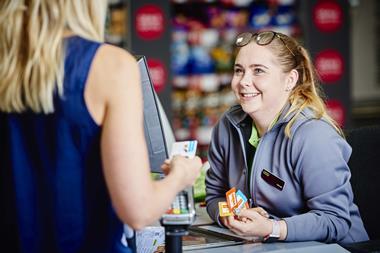
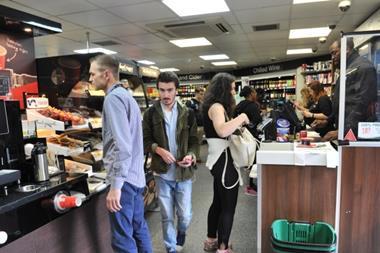

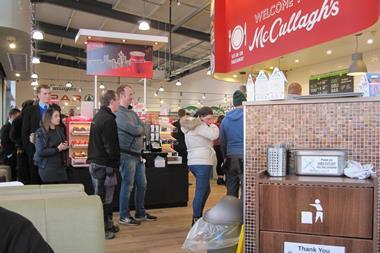
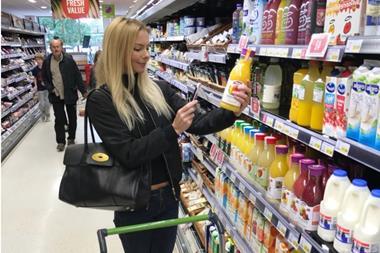
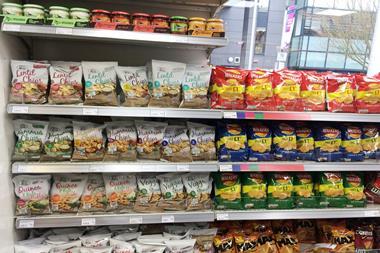
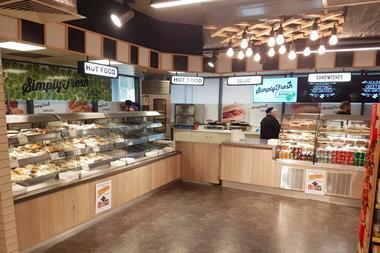
No comments yet